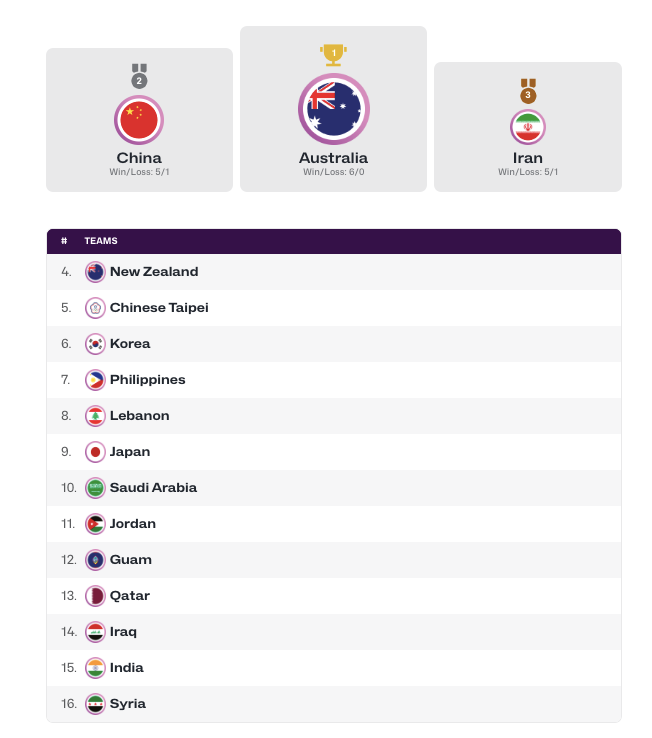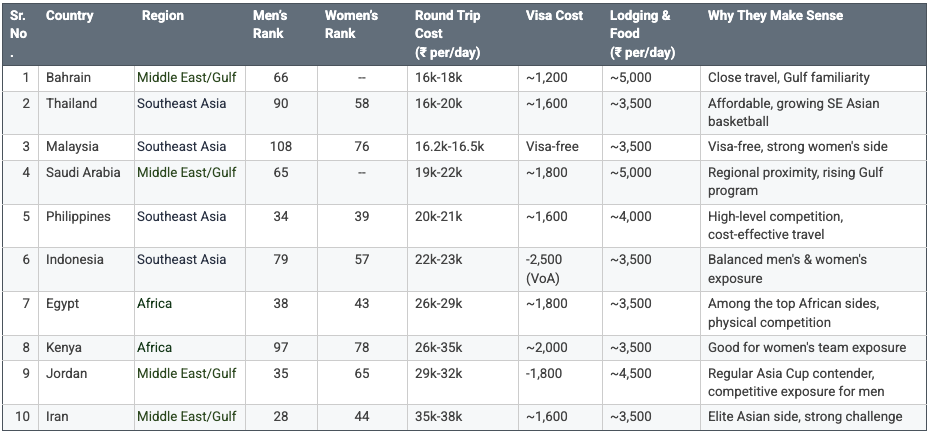Indian Basketball’s ‘Exposure Games’ Strategy still a work-in-progress
The Young Cagers entered the FIBA Men’s Asia Cup 2025 with just two friendlies in its build-up, while regional opponents logged multiple warm-ups. Coach Flemming admits the gap is hurting preparation.
The FIBA Asia Cup 2025, held in Jeddah from August 5 to 17, saw Australia clinch its third consecutive continental title with a narrow 90–89 win over China. Iran secured the bronze, defeating New Zealand 79-73.
Meanwhile, India had a disappointing campaign, exiting the preliminary group phase with three straight losses. They finished 15th, above only Syria in the overall standings.
Arriving Underprepared
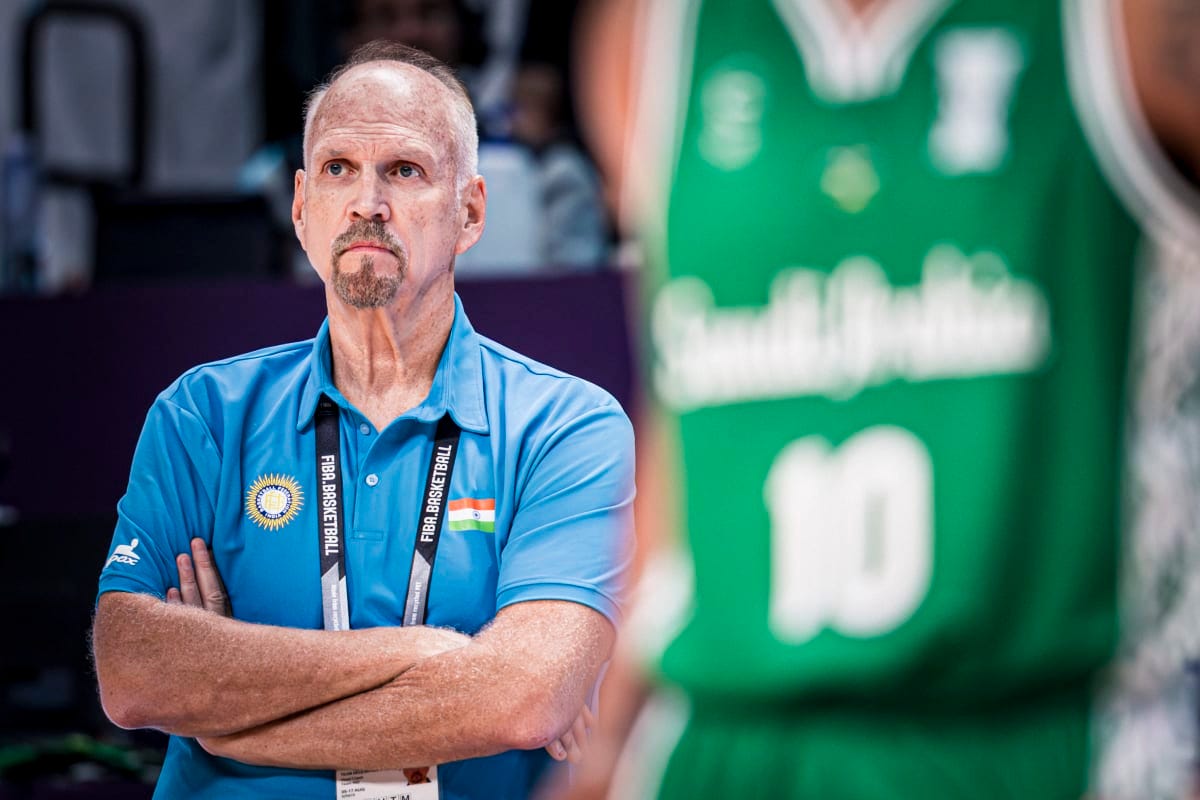
At a pre-tournament press conference organized by Fancode, Indian Head Coach Scott Flemming emphasised the need for more exposure games.
"Yes. We need as many as we can,” he said. “A lot of these other teams were playing 10-15 games, leading up to this tournament, and we were trying to get there. We had a great exposure trip to Qatar early in the year and played a very good team, a couple of games. But we had a few others that were scheduled, it didn't work out. But that's going to be a big thing going forward, we do need to play more and hopefully that will happen."
Comparatively Less Exposure
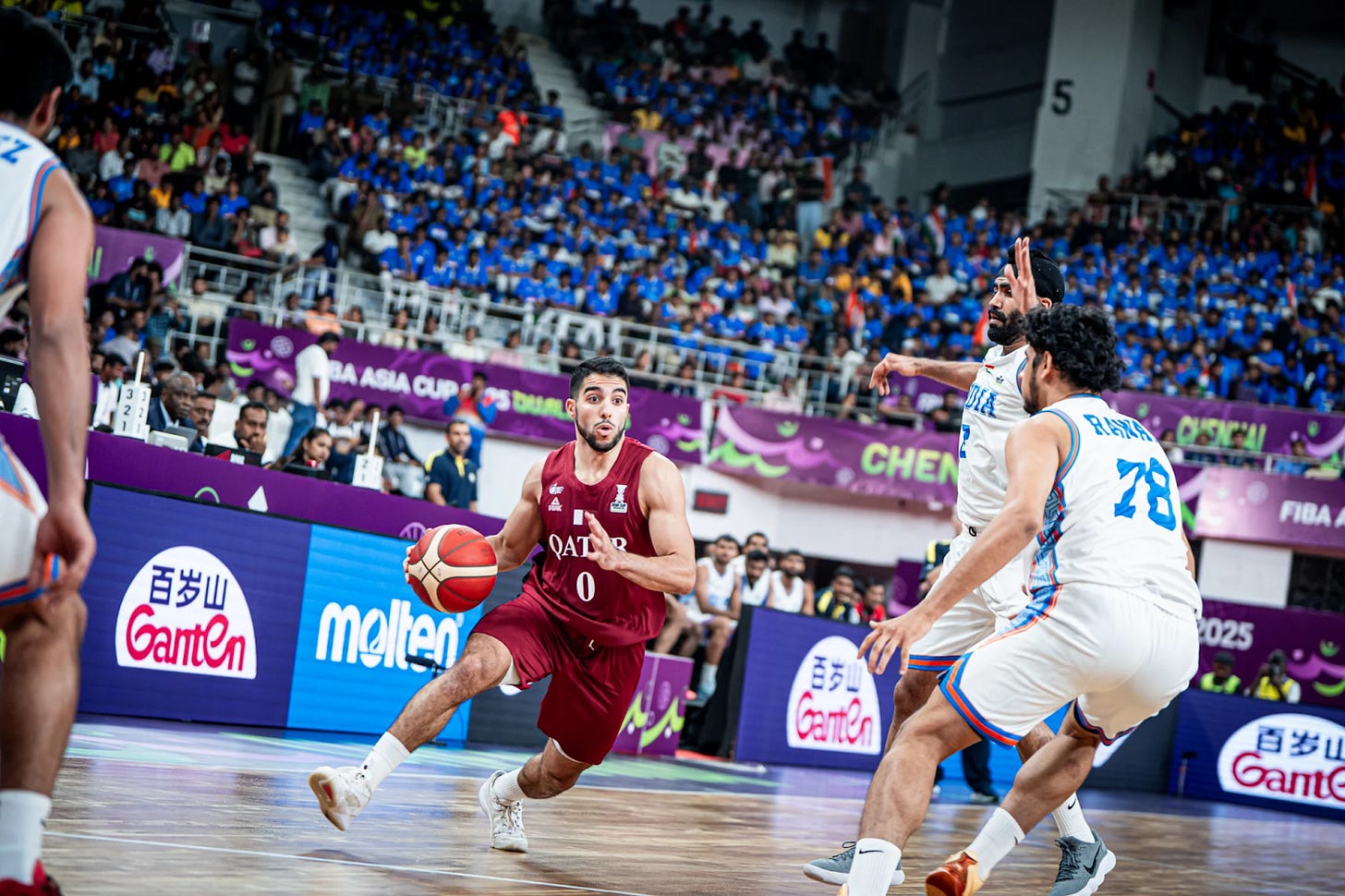
While the Indian women did not even get any exposure games, the men’s team’s official preparation for this year’s Asia Cup boiled down to only two friendlies against Qatar in Doha on July 11 and 13. These came less than a month before the FIBA Men’s Asia Cup in the first week of August.
By comparison, besides the two games against India, Qatar hosted three more warm-up games against Japan, Saudi Arabia, and Iraq during the 2025 International Friendly Tournament.
Japan, Iraq, and Saudi Arabia each also had three warm-ups during the same round robin Doha tournament.
Eventual bronze medalists Iran went further, scheduling four games, two each against Russia and Belarus.
Gold medalists Australia, though only playing one exhibition game, carefully scheduled it against the University of Colorado two months in advance, highlighting the importance of timing as much as the number of games.
Placed alongside these examples, India’s build-up looked thin - both quantitatively and tactically.
Of course, as Coach Flemming disclosed, not every exposure game India planned went ahead.
But the broader pattern is clear: India not only plays fewer exposure games than its rivals, it also tends to schedule them too late for the experience to have maximum effect.
Admittedly, unlike countries in other regions that benefit from equally strong opponents within their immediate neighbourhood, India suffers from a lack of quality competition within South Asia.
To bridge this gap, India must look at building practical partnerships with higher-ranked Southeast Asian, Middle Eastern and African nations as shown below.
Top 10 countries for exposure games with India
As can be seen from the table below, the Philippines and Egypt offer the most compelling and value-for-money destinations for both the Indian men’s and women’s teams to compete against higher-ranked opponents. The remaining countries on this list, barring Iran and Kenya, have either only the men’s or women’s team ranked higher than India.
These ten countries were chosen based on three criteria:
They are ranked above India in FIBA men’s or women’s rankings, ensuring the exposure is competitive and meaningful. (The only exception to this rule is Kenya, where both teams are ranked lower than India. That said, the country can still provide excellent exposure at least for the Indian women’s team.)
Their geographical proximity to India makes travel costs, visas, and logistics manageable
They represent a mix of Middle Eastern, Southeast Asian, and African nations, offering the cheapest airfare, besides varied styles of play and physical matchups.
Exposure at Home: Bringing World Basketball to India
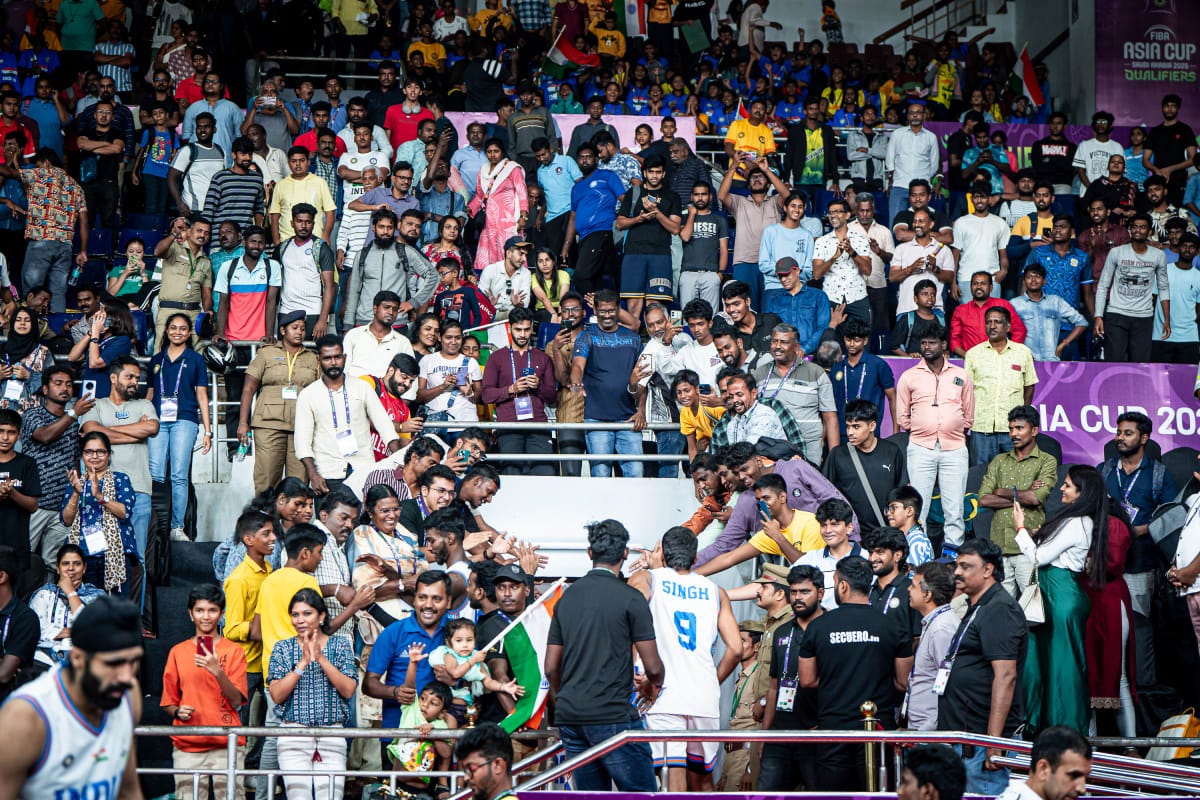
Besides exploring affordable overseas exposure opportunities as listed above, India should also play host. Teams ranked 20–30 spots above us can offer competitive yet close and exciting games, potentially fuelling local fan growth.
Also, exposure shouldn’t begin only at the senior level. School, college, and academy teams should engage in home-and-away exchanges with foreign institutions, so that Indian players grow up facing international opponents, instead of waiting until their senior national call-up.
Exposure games are vital, but they aren’t the only answer. Individual players must also approach their training with creativity and imagination.
Digital tools like PocketCoach can help anyone, whether a beginner or a rising talent. The app allows users to learn the game smarter and sharpen their edge even when opportunities are limited.
Download PocketCoach on Android and iOS. [Use Code ‘EKBB’ to get 1 month free access.]
‘Exposed’ Players largely M.I.A.
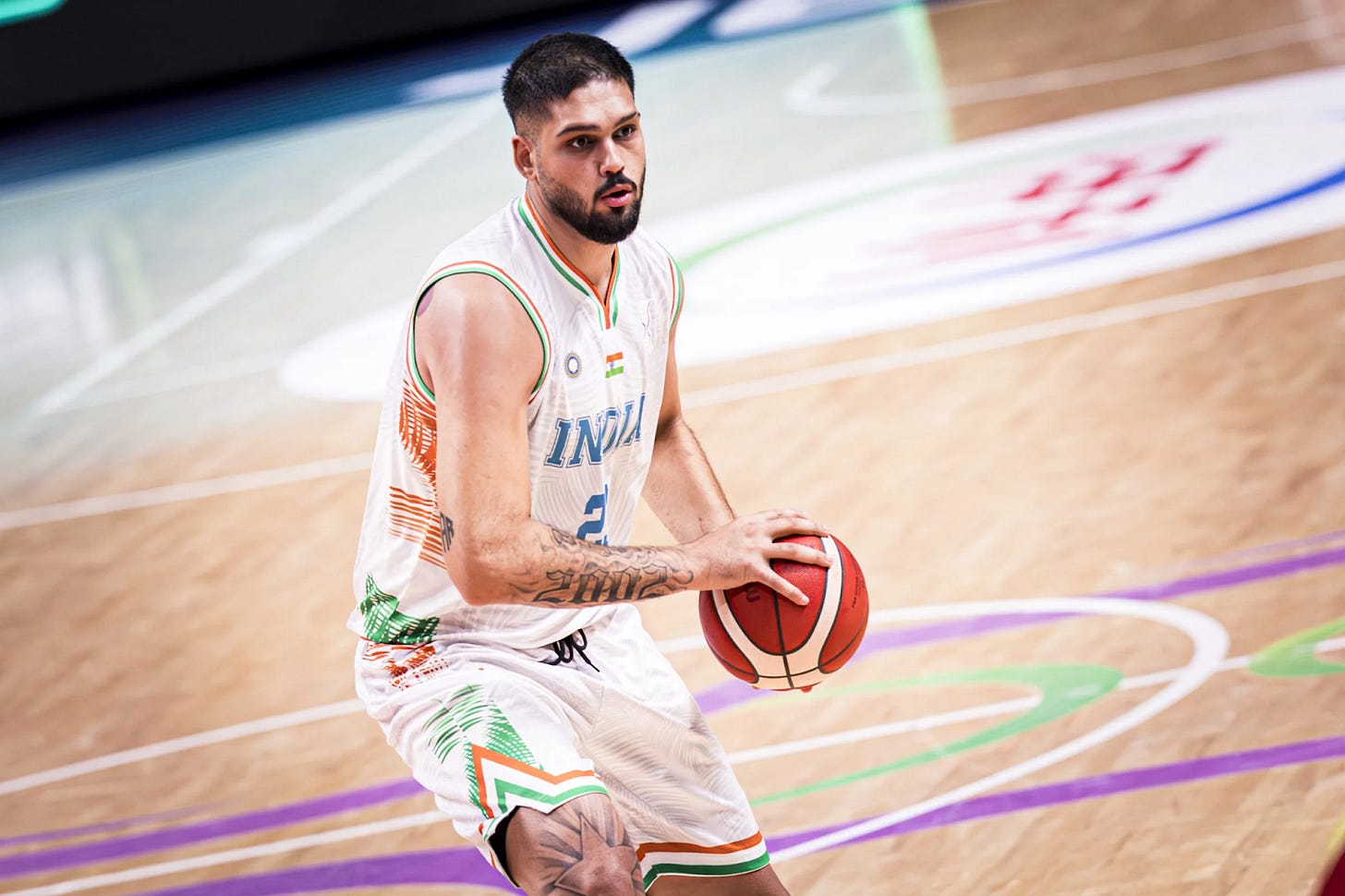
All said and done, exposure is only as useful as the minutes on court. Players like Amaan Sandhu or Honey Kaur, who have returned from international NCAA D1 programs or are actively playing abroad, often find themselves spending more time on the bench or not on the roster at all.
To truly benefit the country, ‘exposed’ talent must get meaningful floor time. Only then will India stop arriving at tournaments already a step behind.
***
If you've come this far...
Appeal to readers - ₹₹ Support Ekalavyas: Ekalavyas is India's first and only basketball media company. We are not foreign-funded, nor investor backed. Your support and encouragement have got us this far. We now need your financial assistance to ensure we can keep providing you timely, accurate and important information. Please contribute via https://razorpay.me/@ekalavyas 🙏🏾. We are accepting contributions as low as Rs. 1/- (including a small processing fee charged by the payment gateway provider). Thank you for playing a part in keeping media independent and objective!




